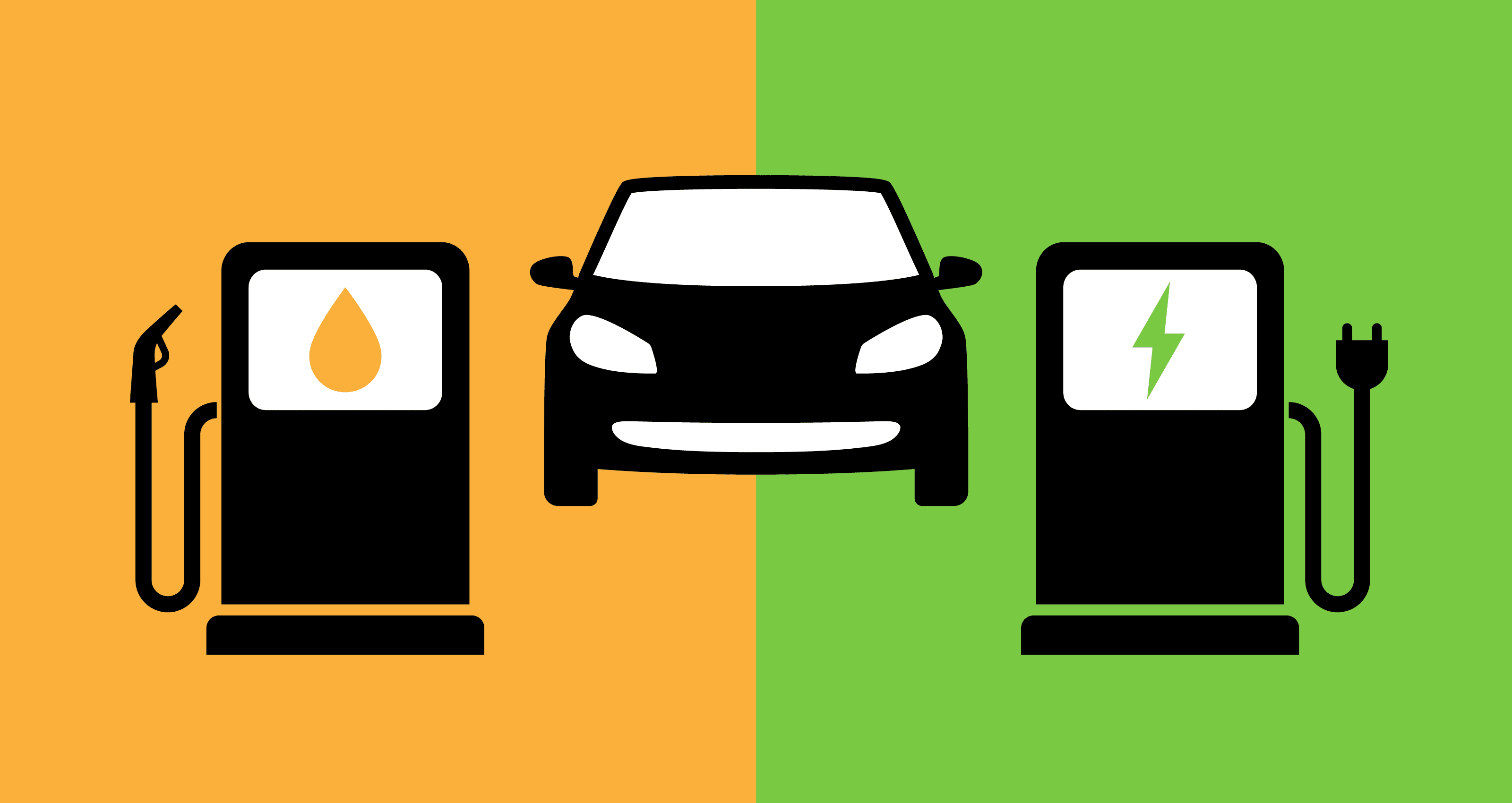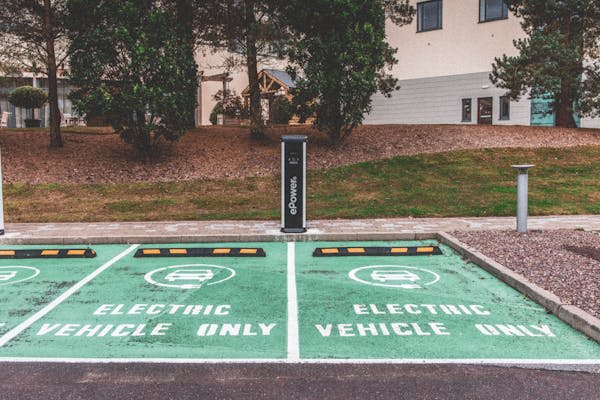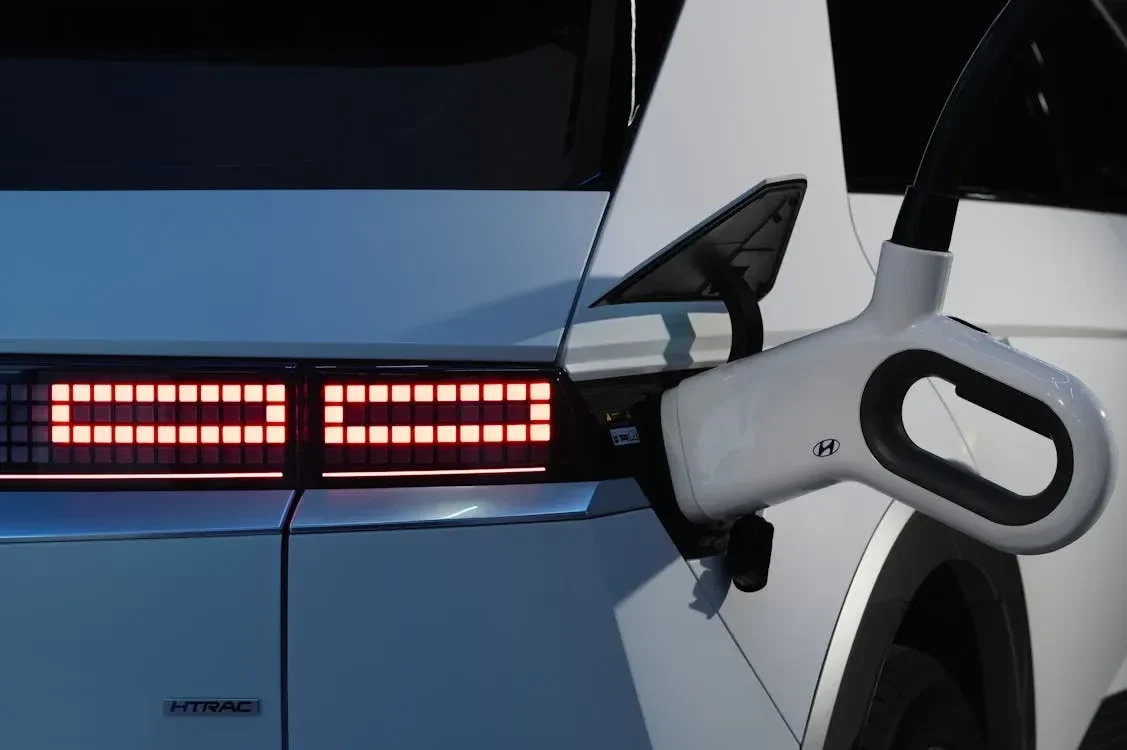Why You Should Not Buy A Electric Car in Kenya

You're stuck in Nairobi traffic, watching your fuel gauge drop faster than your Monday motivation, when a glossy electric car catches your eye. "That's it!" you think, "Time to join the EV revolution!" But wait, dear aspiring eco-warrior - before you sell your beloved Toyota to embrace the electric dream let's take a reality check on why your trusty fuel-guzzler might still be your best friend for a little while longer.
Table of Contents
- Introduction
- Advantages of Internal Combustion Engine (ICE) Vehicles Over Electric Vehicles (EVs)
o 2.1 Accessibility and Availability of Fuel
o 2.2 Lower Purchase Price and Running Costs
o 2.3 Maintenance and Repairs
o 2.4 Range and Refueling Convenience
o 2.5 Resale Value - Situations Where ICE Vehicles Are Better Than EVs
o 3.1 Long-Distance Travel
o 3.2 Rural and Remote Areas
o 3.3 Heavier Load Transport and Towing
o 3.4 Harsh Environmental Conditions - Are Electric Vehicles Truly More Environmentally Friendly?
o 4.1 Environmental Impact of Rare Earth Mineral Mining
o 4.2 Carbon Emissions from EV Production
o 4.3 The Role of Petroleum in EV Manufacturing
o 4.4 Disposal and Recycling of Batteries - The Dilemma of Charging Infrastructure and Vehicle Uptake
o 5.1 Chicken-and-Egg Problem of Charging Stations
o 5.2 Renewable Energy Intermittency vs. Petroleum Consistency
o 5.3 Infrastructure Challenges in Kenya - Lack of Tax Incentives and Rebates for EV Owners in Kenya
o 6.1 High Import Duties and Taxes
o 6.2 Comparison to Other Countries with EV Incentives
o 6.3 Limited Government Support for EVs - Conclusion
1.Introduction
While electric vehicles (EVs) are gaining popularity worldwide due to their potential environmental benefits, Kenya presents a unique set of challenges for their adoption. There are compelling reasons why electric cars may not be the best choice for many Kenyans at the moment. From issues related to infrastructure and cost to environmental concerns about the production of EVs, internal combustion
engine (ICE) vehicles still hold significant advantages over electric cars in several key areas.
2.Advantages of Internal Combustion Engine (ICE) Vehicles Over Electric Vehicles (EVs)
2.1 Accessibility and Availability of Fuel
Kenya has a well-established network of fuel stations that make refueling easy and convenient for ICE vehicles. On the other hand, charging stations for EVs are scarce, especially outside urban centers, making long trips and rural driving challenging for electric vehicle owners.
2.2 Lower Purchase Price and Running Costs
ICE vehicles are often cheaper upfront compared to electric vehicles, which have high initial costs due to the expensive battery components. Moreover, the cost of replacing EV batteries can be prohibitively high, which adds to long-term expenses.
2.3 Maintenance and Repairs
While EVs require fewer regular maintenance checks, ICE vehicles benefit from a wider availability of mechanics and repair shops in Kenya. Most local garages and mechanics are well-versed in handling conventional engines but lack expertise in electric vehicle systems, making repairs more challenging and costly for EV owners.
2.4 Range and Refueling Convenience
Most ICE vehicles offer significantly greater range than EVs, particularly in a country like Kenya where charging infrastructure is limited. Refueling an ICE car takes just a few minutes, while fully charging an electric vehicle can take hours, even with a fast charger.
2.5 Resale Value
ICE vehicles tend to have a stronger resale market in Kenya. Given the limited interest and infrastructure supporting electric vehicles, selling an EV may be more difficult and could lead to significant depreciation compared to a conventional vehicle.
3.Situations Where ICE Vehicles Are Better Than EVs

3.1 Long-Distance Travel
For those who frequently travel long distances across Kenya, an ICE vehicle is much more practical. The sparse network of charging stations means electric vehicles could leave drivers stranded if they can't recharge along the way.
3.2 Rural and Remote Areas
In rural and remote areas, access to electricity is not guaranteed, let alone to a reliable charging station. In contrast, fuel for ICE vehicles is widely available, even in the most remote corners of the country.
3.3 Heavier Load Transport and Towing
Internal combustion engine vehicles typically have more robust towing capacity and are better suited for transporting heavy loads compared to most electric vehicles, which struggle under similar demands.
3.4 Harsh Environmental Conditions
Electric vehicles can be sensitive to extreme temperatures, which may affect their battery life and efficiency. ICE vehicles are generally more resilient to Kenya's variable climate conditions, from the heat of the coast to the chill of the highlands.
4.Are Electric Vehicles Truly More Environmentally Friendly?
4.1 Environmental Impact of Rare Earth Mineral Mining
A key environmental concern with electric vehicles is the mining of rare earth minerals like lithium, cobalt, and nickel, which are essential for EV batteries. These mining practices often result in significant environmental degradation and pollution, raising questions about the overall ecological footprint of electric vehicles.
4.2 Carbon Emissions from EV Production
Although electric cars produce zero emissions on the road, the carbon footprint of manufacturing an electric vehicle is often higher than that of an ICE vehicle, largely due to the energy-intensive processes involved in producing the batteries.
4.3 The Role of Petroleum in EV Manufacturing
Petroleum is still heavily used in the production and distribution processes of electric vehicle components, from the mining of raw materials to the transportation of finished products. This dependence on fossil fuels weakens the environmental argument for electric vehicles as a clean alternative to ICE vehicles.
4.4 Disposal and Recycling of Batteries
Disposing of and recycling lithium-ion batteries from electric cars presents a significant environmental challenge. The toxic materials used in batteries can contaminate land and water if not properly managed, offsetting some of the environmental gains from using electric vehicles.

5.The Dilemma of Charging Infrastructure and Vehicle Uptake
5.1 Chicken-and-Egg Problem of Charging Stations
For EVs to become a viable option in Kenya, a network of charging stations needs to be established. However, there is little incentive for companies to invest in charging infrastructure without a critical mass of electric vehicles on the road. Conversely, potential EV buyers are hesitant due to the lack of charging stations, creating a catch-22 situation.
5.2 Renewable Energy Intermittency vs. Petroleum Consistency
Kenya’s grid relies increasingly on renewable energy sources, which, while environmentally friendly, suffer from intermittency issues. Petroleum, on the other hand, offers a reliable and consistent energy supply, making it a better option for many consumers who need guaranteed access to fuel at any time.
5.3 Infrastructure Challenges in Kenya
In addition to the lack of charging stations, Kenya’s overall infrastructure, including roads and electricity distribution, poses challenges for electric vehicles. The inconsistency in road conditions and power supply in some regions makes ICE vehicles more suitable for the Kenyan market.

6.Lack of Tax Incentives and Rebates for EV Owners in Kenya
6.1 High Import Duties and Taxes
Unlike many countries that offer tax incentives, rebates, or subsidies to encourage the purchase of electric vehicles, Kenya has not implemented such measures. In fact, the high import duties on vehicles make EVs even more expensive compared to ICE vehicles.
6.2 Comparison to Other Countries with EV Incentives
Countries like Norway, the Netherlands, and the U.S. provide generous tax credits and rebates for electric car buyers, which helps offset the higher upfront costs. In Kenya, the lack of financial incentives reduces the appeal of switching to electric.
6.3 Limited Government Support for EVs
There is minimal government support or policy framework to promote electric vehicle adoption in Kenya. Without significant incentives or investment in infrastructure, the transition to electric vehicles will likely remain slow and challenging.
Conclusion
While electric vehicles offer potential environmental and long-term economic benefits, Kenya is currently not well-positioned for widespread EV adoption. ICE vehicles offer greater accessibility, affordability, and practicality for most Kenyans. Additionally, questions remain about the true environmental impact of electric vehicles, considering the mining of rare earth minerals and the use of
petroleum in production. For now, unless significant infrastructure and policy changes are made, internal combustion engine vehicles remain the better option for many drivers in Kenya.
If you need quick and transparent financing,contact us through our contact form, call us on +254791573231 or visit one of our branches across Nairobi, Kiambu, Machakos, and Kajiado counties to explore your financial opportunities.




Comments ()